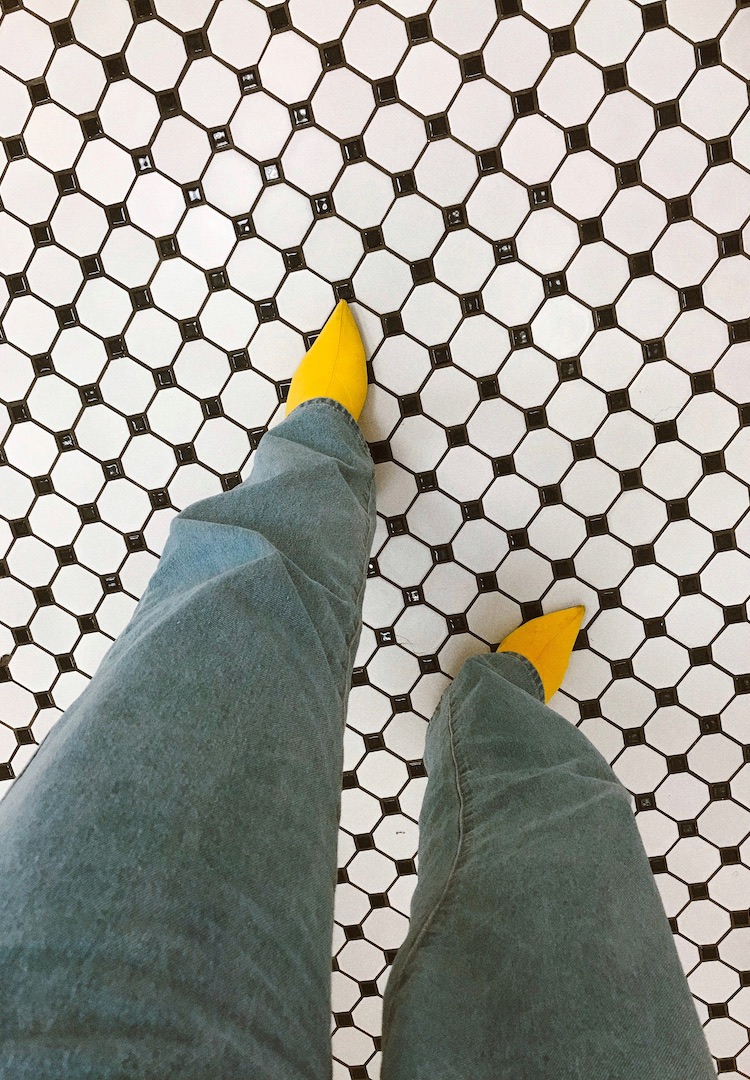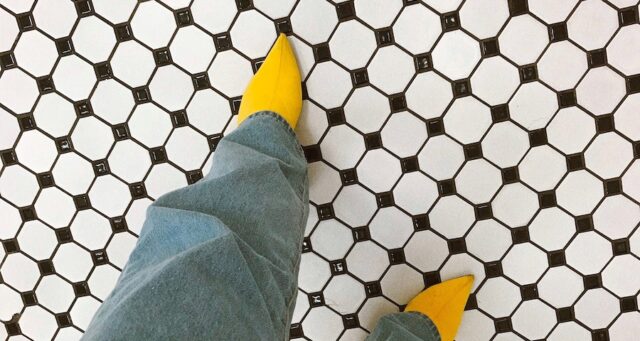
Fashion has always been my voice. Growing up in a conservative Christian household, where modesty was prioritised over self-expression, I learnt early on to suppress parts of myself. Dressing up wasn’t about standing out, it was about blending in.
There’s one moment from my teenage years that still sticks with me. I was 17, on the worship team at church, singing every Sunday. One morning in rehearsal, I noticed the pastor’s wife whispering to another team member and gesturing towards me. My stomach dropped. Later, I found out she had a problem with my jeans, saying they were “too tight” and “you could see everything.”
For more fashion news, shoots, articles and features, head to our Fashion section.
I was mortified. I ran to my car, grabbed a scarf and draped it over myself to finish the service, fighting back tears. When I got home, I threw those jeans in the bin.
Looking back, those jeans were fine. But even now, as an adult, I still have to shake that lingering sense of shame. That moment left an imprint, making me think that dressing confidently was somehow wrong or inappropriate.
Religion was a huge part of our lives. Conversations at church and at home were often centred around what it meant to dress ‘Godly’. I was constantly reminded not to draw attention by dressing too provocatively – or really, not to draw attention at all. These weren’t just abstract ideas, they were daily dilemmas. I remember stressing on hot days about whether a spaghetti strap top would be seen as ‘too much’.
In my early twenties, I stuck to neutral, safe choices, again not wanting to draw attention to myself. It felt like second nature – an instinct I couldn’t shake. But entering motherhood changed the game. Suddenly, I became acutely aware of how my choices might influence my child’s sense of self. I didn’t want them growing up, thinking that blending in was the only option, or that authenticity had to be sacrificed. I wanted them to see me choose boldness, creativity, and individuality.
As I got older, I learnt that modesty and self-respect doesn’t require self-erasure, and drawing attention to myself doesn’t make me any less grounded. I had to realise that being ‘seen’ isn’t the same as seeking validation. For years, I thought I had to earn the right to take up space. But now? I take it. Unapologetically.
This change didn’t happen overnight. It happened in small steps, outfit by outfit: the first time I wore a backless dress without taking a jacket ‘just in case’, or when I chose metallic silver pants over my usual black. In my late teens, I went through an all-black phase to rebel. It felt powerful but it didn’t feel like me. It wasn’t until I started thrifting and mixing pieces that I found my true style.
I remember an oversized, multicoloured knit jumper I found – slouchy, dreamy perfection – that I covered in brooches and wore with jeans and boots. It felt freeing. Did my family raise an eyebrow? Absolutely. Did I care? Also yes, but less and less so, because I was starting to feel like me. It was about tuning into what I liked, not what others thought was appropriate. It’s still a work in progress but it’s getting me closer to the real me.
This pull between tradition and self-expression is something so many of us face, especially after major life shifts like motherhood. Studies in the Journal of Fashion Theory show how clothing can be an internal battle between identity and social expectations, and a way of reclaiming agency.
A friend of mine, who was raised in a very liberal, creative household, had complete freedom to express herself however she wanted. She mixed prints, clashed colours, and wore vintage pieces long before they became trendy. Now, as a partner in a law firm and a mother, her wardrobe has shifted to minimalist, tailored pieces. “I’ve never had to think about how others feel about what I am wearing,” she told me. “I just wear what feels right, and now, it’s simpler but still true to me.”
Similarly, the International Journal of Fashion Studies highlights that redefining personal style, post-motherhood, is often a sign of a deeper shift in identity. Fashion becomes a way to mark growth, change, and confidence. That tension between personal identity and external expectations is something many of us wrestle with.
More recently, I had a bit of a wake up call as I reflected on my last few years working in fashion and retail. I realised I wasn’t comfortable in my clothes. I was constantly buying new things but when I looked back, I saw I’d been buying clothes to prove I fit into that space. Realising I hadn’t fully broken free from that mindset was jarring. But I’m resetting now. I’ve been rediscovering the joy of op shopping, and curating pieces that feel like me, not a version of me trying to fit a certain narrative.
There’s something radical about choosing to dress boldly after growing up in an environment that encourages you to blend in. I’ve swapped conservative cardigans for oversized blazers and wide-leg pants that command attention. I’ll wear metallics on a Monday and oversized graphic prints just because they make me feel alive. There’s a power in not diluting yourself to fit into neat little boxes.
And it’s not just about rebellion, it’s about legacy. I want my child to know that there’s power in being unapologetically yourself, in letting your clothes be a reflection of your energy and your story.
Now, when I look in the mirror, I’m not just seeing someone who’s broken free from expectations, I’m seeing a woman who’s learned to own every part of her story. From muted neutrals to vibrant prints, each piece I choose is a testament to where I’ve been and where I’m going. And if my style encourages just one other person to embrace their full, vibrant self, especially my child, then it’s worth every glance and second look.
For more on fashion and religion, try this.
This article How my conservative Christian upbringing shaped my fashion choices as an adult appeared first on Fashion Journal.
2025-04-14 10:08:00
#conservative #Christian #upbringing #shaped #fashion #choices #adult
Source link
















